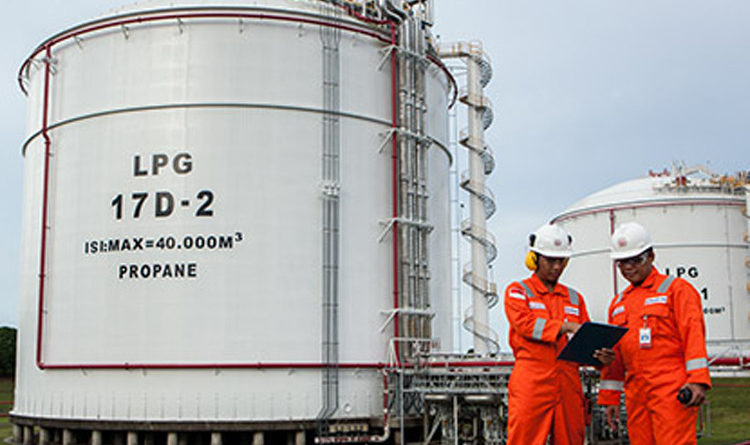OP ED-OPINION: ACADEMIA- Role of natural gas in advancing low-carbon energy transition in ASEAN
Two workers are involved in a discussion at the Badak liquefied natural gas (LNG) plant in Bontang, East Kalimantan. (Courtesy of/badaklng.co.id)
.
.
Despite an urgent need to reduce carbon emissions, the reality of the situation is that the ASEAN region is still relying on fossil fuels, while the region is pursuing an energy transition to renewable energy.
.
Based on the 6th ASEAN Energy Outlook (AEO6), fossil fuels will dominate the supply in 2025 and 2040.
.
SPACE RESERVE FOR ADVERTISEMENT
/
Natural gas, one of the transitional energy sources, is expected to be a bridge between conventional energy and renewable energy. The baseline scenario in AEO6 states that the percentage of natural gas in the total primary energy supply (TPES) in 2025 and 2040 is 21.8 and 21.6 percent respectively.
It is also reported that natural gas consumption has the highest compound annual growth rate (CAGR) of 5.7 percent to support the region’s fast-growing industrial sector.
.
Moreover, all ASEAN member states committed to climate change action by signing the Paris Agreement and have submitted updated nationally determined contributions.
.
To successfully reduce greenhouse gas (GHG) emissions, the ASEAN region must act, especially the energy sector, the most significant contributor to the emissions.
Share Annisa Sekar Larasati, Suwanto, Adhityo Gilang Bhaskoro (The Jakarta Post)
Jakarta ● Fri, December 24, 2021

This article was published in thejakartapost.com with the title “Role of natural gas in advancing low-carbon energy transition in ASEAN”.
Click to read:











